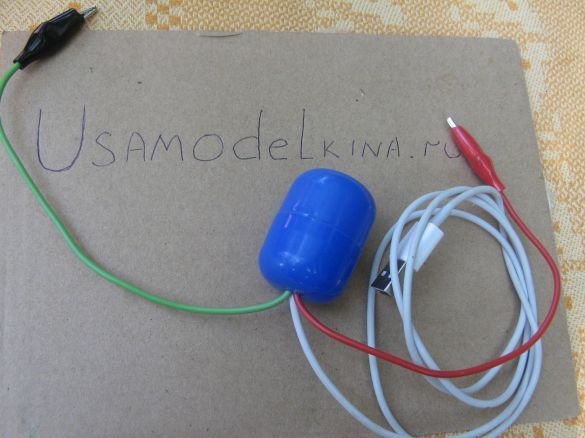Assembled into one design several simple circuits and blocks.
The scheme is very simple and soldering it will not be difficult even for a novice soldering iron
Three resistors, transistor, diode, two-color LED. We solder by hinged installation.
Details can be obtained almost everywhere. BMS from any battery, the rest from old Soviet technology.
Solder the BMS scarf to our circuit. We mount in the egg from the kinder. Glue with thermal glue.
The wires are brought out. We mount crocodiles and the device is ready.
The LED indicates the charging process. Yellow - the charge is on. Green - charge is over
Detailed assembly instructions are displayed on the video.





